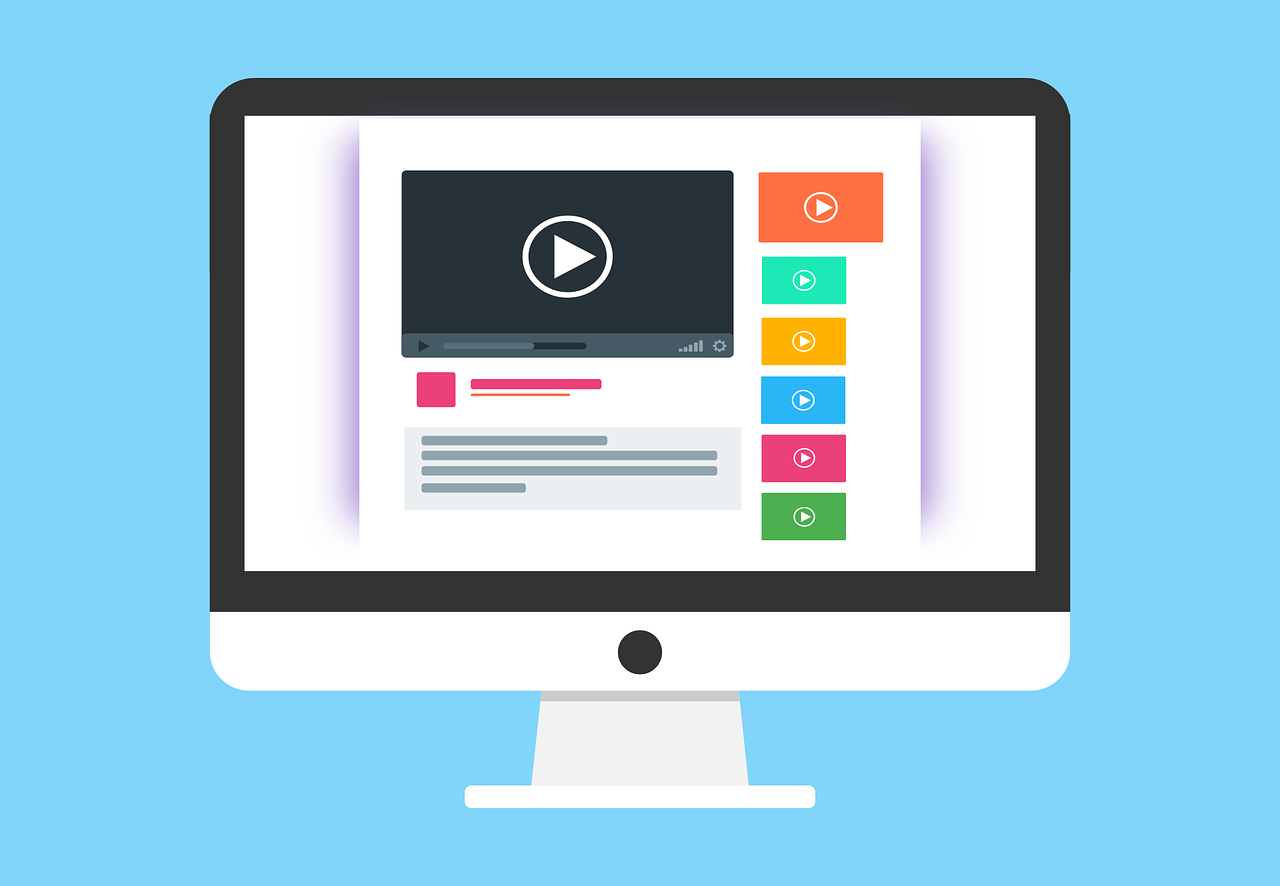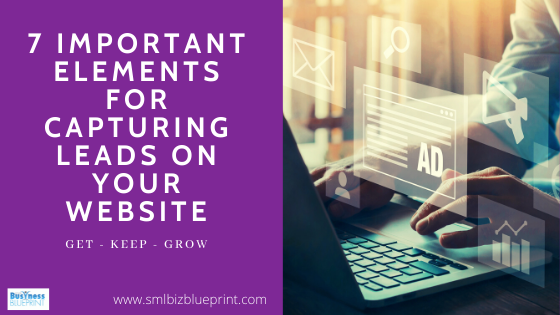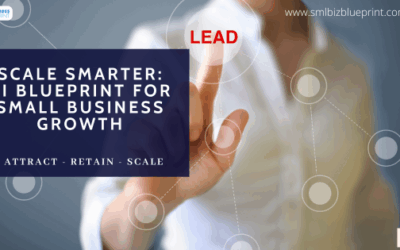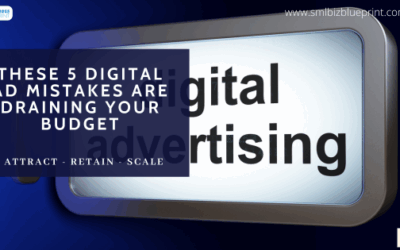Having traffic coming to your website is great but it is no good if they just pass you by like a billboard on a highway.
You have to do something to get their interest and stop or at least leave their details so you can build a relationship with them.
Your website should be designed with three things in mind. Its purpose is to do the following:
- Show people that you are credible
- Sell something
- Capture the details of any visitor.

The purpose of most web properties is to guide visitors toward taking a certain action.
When your site is intuitive, attractive and easy to navigate, you are going to generate more leads. And everything counts – fonts, colours and calls to action, and even whitespace
The following seven elements are a part of your website layout and extremely important if you want to capture leads:
1. Add forms to the pages that get the most traffic.
It’s important to benchmark your current state of lead generation before you begin so you can track your success and determine the areas where you most need improvement.
Some of your pages might make excellent lead generators and you don’t even realize it.
To start, conduct an audit of where most of your online traffic and outreach comes from your lead generators.
Here are some common places a business might get visitors:
- Email Marketing: Traffic might come from users who click through to your website from one of your emails.
- Social Media: Traffic might come from users who engage in a campaign through one of your social media profiles.
- Live Chat: Traffic might come in the form of users who reach out to your customer service team through a live chat window on your website.
- Blog Posts: Traffic might come from your highest-performing blog posts.
Once you identify where your leads are coming from, you’ll want to make sure the pages they’re landing on are doing everything they can to nurture a visitor’s interest.
For example, if, through your analytics tool, you realize most of your potential leads are clicking on inbound links to your website from your Facebook page, your next step is to update the pages they’re visiting with content that keeps them on and engaging with your website.
On your most visited website pages, add longer-form content that visitors can access through forms that solicit their contact information.
2. Powerful Landing Pages
A landing page is where searchers end up when they click on a CTA or a link in their searches.
Powerfully-written and well-designed landing pages engage your target audience and draw them into your lead magnet. If you do a great job they will stick around; if you don’t, they will be gone in a flash.
Make sure your site has the ability to build landing pages easily and create content quickly to reflect the latest changes to your business. They must be able to capture a visitor’s information via forms.
In B2B marketing, your target audience will often find your landing page through your marketing emails or newsletters, SEM, CTAs across your website, blogs, social media, paid ads, events and more
Landing pages go hand in hand with lead gen forms and are equally important. In fact, if you want more leads, every offer created for your business should tie up to a customised landing page with copy that spurs visitors into action.
The more landing pages, the better, as SEO gets a boost and you’ll have more opportunities to convert.
Copy and text aside, there are many elements that can affect conversion rates with landing pages. Design, navigation, length, images and sharability are just a few of these.
There are a number of software tools that make it easy to create high-conversion pages.

3. Lead magnets
A lead magnet is a resource or offer that entices your target audience to leave their contact information such as name, email, and phone number and in exchange receive the lead magnet.
To generate leads willing to give you more detailed contact or company information, your lead magnet needs to be perceived as a valuable solution to their problems.
Targeted lead magnets are usually a piece of digital downloadable content.
Lead magnets can come in multiple formats; such as complimentary consultations, free trials, and downloadable items such as whitepapers, ebooks, reports, educational videos, infographics and more.
Put your valuable lead magnets behind a form and ask your visitors for their contact information.
Lead magnets are the most important elements on a lead generation website.
It’s a way to collect your visitors’ contact information. You can collect the email and other contact information of your potential buyer by providing an incentive for them.
In addition, to collect the visitor information, lead magnets make your visitors interact with your website. Your content will help the visitors even before they become your customer.
You’re not just attracting potential customers by giving away tools and resources. You are demonstrating your capabilities and expertise.
4. Exciting & Engaging Blog Content
Statistics around blogging are undeniable. Companies that blog generate 55% more website visitors, a 67% increase in lead generation, and have 434% more indexed pages by Google.
Blogging works because it adds lots of indexable content to your site (think SEO) offering the search spiders, and more importantly your visitors, engaging content that is fresh and up-to-date.
It is vital to build a blog that is fully integrated on your site and not sitting off to one side on another domain name. Otherwise all that valuable “SEO juice” you create by your regular blogging simply leaks away.
Blogging is probably the single most important activity you can engage in to attract visitors to your site. But be warned, it requires commitment. Once per week is really the minimum.
Ensure you allocate the role of “blog publisher and editor” to someone. They don’t have to do all the work, but they are the ones responsible for making sure blogs are posted on time and on topic.
A high-quality blog with lead generating CTA is one of the main sources of website traffic. If you don’t have a blog or not consistently using it. You are missing out on a huge traffic and lead generation machine on your website.
Apart from generating traffic to your website, a blog has many benefits like increasing your online visibility and helping you convert the traffic into leads. Every blog post you write will add value to your business in the form of traffic and leads in the years to come.
It will make a huge impact if you place your recent blog post on the home page of your website. It will drive traffic from your most important page to the informative blog pages, increasing the chances of lead generation.
5. Forms
Forms are where your visitors give you their contact information in exchange for your offer and therefore essential to lead generation. It’s usually placed on a landing page with one specific offer with short and sharp information about it.
A form consists of fields for visitors to provide their details such as Name, Last name, Email, Phone number. Once they submit, then, you have a new lead!
Keep in mind that your visitors will be more willing to give their details if they see value in your offer.
To generate leads, you need lead generation forms. How else will your visitors opt-in to provide their email, phone number and other particulars? And pay attention to the “opt-in” part; with lead gen forms, the focus is on targeted prospects actively expressing an interest in your business and products by voluntarily entering their information.
When you embed lead generation forms on your website and landing pages, you are providing a quick and easy way through which visitors can convert into leads.
How long should the forms be? That depends on your goals. Short forms generally attract more inquiries. However, longer forms may attract higher quality leads.
Having easy access to the actual lead generation form is paramount to increasing the number of viable leads through your website. The less information they ask for, particularly on the first step, the more likely people will be to part with their valuable personal details.
Putting lead generation forms above the fold increases the likelihood that customers will notice them and fill them out, particularly if there are visual cues such as arrows and an enticing offer such as a free quote.

6. Pop-ups
Despite all the doubt and controversy surrounding them, pop-ups work when used correctly.
For popups to be effective, they need to offer something of value. Also, they must appear at just the right time. Additionally, it’s important to use actionable language that resonates with customers.
Other factors that affect lead generation with pop-up forms include form type (such as banners, modal overlays and welcome mats) and web page placement, as placing the wrong ads on the wrong pages can have negative effects.
The trick, ultimately, is to deploy pop-ups in a manner that enriches the user experience.
To reap the benefits, though, your pop-up should offer real value.
7. Call-To-Action (CTAs)
A Call-To-Action (CTAs) is an invitation that prompts a specific action in your visitors and keeps the lead engine running by facilitating easy movement between stages of the buying journey.
People generally visit websites with the intention of taking an action. A lot of the time, they know what they are there to do but in many cases, they don’t. They are simply there to browse. With well-placed, compelling calls to action on each page, you can help visitors find what they want and move further down the buying funnel.
It’s best practice to have a CTA that is action-oriented, eye-catching within your landing page, blog or email, include a clear value proposition and align with the landing page, email copy, and blog copy that surrounds it.
Use your CTAs as links to the core content on your site. For example, use CTAs to link from your home page to core content offers on your site such as “download this free eBook” or “Take a free 30-day trial.” (see the CTA and the end of this blog for an example!)
Test the effectiveness of your CTAs. Try different wording, different placements, different colours and imagery.
A/B testing is an excellent structured process for figuring out which CTAs convert best.
Creating multiple CTAs will make it easier to funnel prospects through your buying process. You also will want to add a primary call to action on every page as your CTA baseline. It should call for the most important action you would like visitors to take
One thing most of us fail to take into account is the buyer’s journey stages. Positioning and planning the Call to action buttons according to the buyer’s stages will increase the impact on lead conversion.
For buyers at the early stages of the awareness, directs them to the most relevant pages and contents of your website. Educate them about your services or products.
For buyers who are later in the decision stages, make sure your CTA channels them to your bottom of the funnel offer like a free trial or consultation.
Measure the performance of each lead generator.
Test how each of your existing lead generators is contributing to your business.
You can compare landing pages that are doing well with landing pages that aren’t doing as well.
For example, let’s say that you get 1,000 visits to Landing Page A, and 10 of those people filled out the form and converted into a lead. For Landing Page A, you would have a 1% conversion rate.
Let’s say you have another landing page, Landing Page B, that gets 50 visitors to convert into leads for every 1,000 visits.
That would be a 5% conversion rate which is great! Your next steps could be to see how Landing Page A differs from Landing Page B and optimize Landing Page A accordingly.
Finally, you could try running internal reports. Evaluate landing page visits, CTA clicks, and thank-you page shares to determine which offers are performing the best, and then create more like them
Types of leads
A quick explanation of the types of leads you can generate
Marketing Qualified Lead (MQL)
Marketing qualified leads are contacts who’ve engaged with your marketing team’s efforts but aren’t ready to receive a sales call. An example of an MQL is a contact who fills out a landing page form for an offer (like in our lead generation process scenario below
Sales Qualified Lead (SQL)
Sales qualified leads are contacts who’ve taken actions that expressly indicate their interest in becoming a paying customer. An example of SQL is a contact who fills out a form to ask a question about your product or service.
Product Qualified Lead (PQL)
Product qualified leads are contacts who’ve used your product and taken actions that indicate interest in becoming a paying customer.
PQLs typically exist for companies who offer a product trial or a free or limited version of their product with options to upgrade, which is where your sales team comes in.
An example of a PQL is a customer who uses your free version but engages or asks about features that are only available upon payment.
Take the time to review the use of these 7 elements on your website to see where you can improve your lead generation efforts




